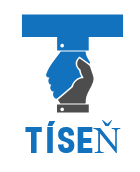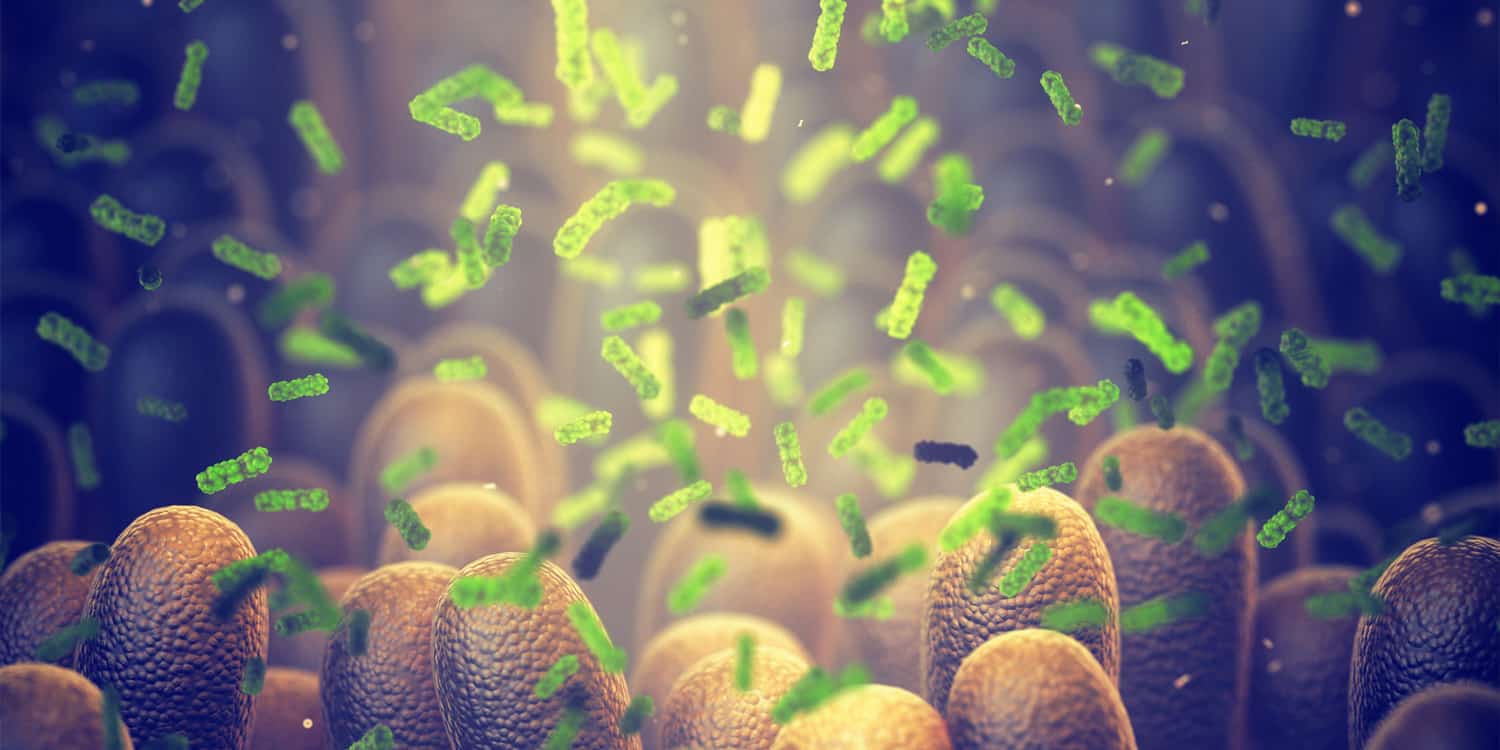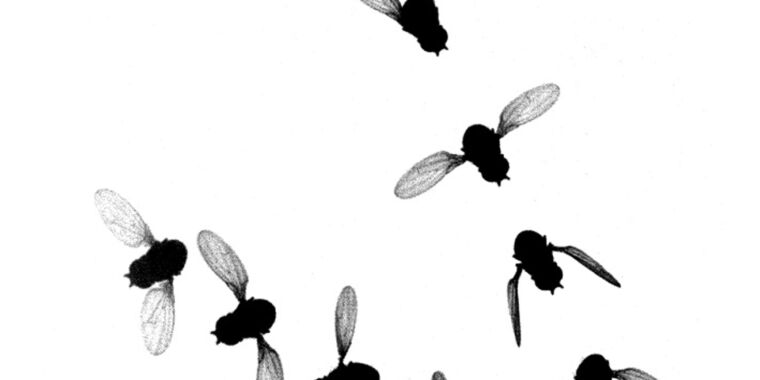
Cvičení může přímo zlepšit zdraví mozku podporou rozvoje neuronů v hipokampu, přičemž hlavní roli ve zprostředkování účinků hrají astrocyty. Tento výzkum by mohl vést k terapiím založeným na cvičení pro kognitivní poruchy, jako je Alzheimerova choroba.
Studium chemických signálů generovaných kontrakcí svalových buněk ukazuje na způsoby, jak zlepšit zdraví mozku cvičením.
Beckmanovi výzkumníci studovali, jak chemické signály ze stahujících se svalů podporují zdravý mozek. Jejich zjištění odhalují, jak tyto signály pomáhají při vývoji a regulaci nových mozkových sítí a zároveň poukazují na způsoby, jak zlepšit zdraví mozku cvičením.
Fyzická aktivita je často uváděna jako způsob, jak zlepšit fyzické a duševní zdraví. Výzkumníci z Beckmanova institutu pro pokročilou vědu a technologii prokázali, že může také přímočařeji zlepšit zdraví mozku. Studovali, jak chemické signály ze svalového cvičení podporují růst neuronů v mozku.
Jejich práce byla publikována v časopise Neurologie.
Když se svaly během cvičení stahují, jako je například biceps při těžkém vzpírání, uvolňují do krevního oběhu různé sloučeniny. Tyto sloučeniny mohou cestovat do různých částí těla, včetně mozku. Vědci se zajímali zejména o to, jak může cvičení prospět specifické části mozku zvané hipokampus.
„Hippocampus je důležitou oblastí pro učení a paměť, a tedy i kognitivní zdraví,“ řekl Ki Yun Lee, Ph.D. student mechanických věd a inženýrství na University of Illinois, Urbana-Champaign, a hlavní autor studie. Pochopení toho, jak cvičení prospívá hipokampu, by tedy mohlo vést k terapiím založeným na cvičení pro různé stavy včetně[{“ attribute=““>Alzheimer’s disease.

Hippocampal neurons (yellow) surrounded by astrocytes (green) in a cell culture from the study. Image provided by the authors. Credit: Image provided by the study authors: Taher Saif, Justin Rhodes, and Ki Yun Lee
To isolate the chemicals released by contracting muscles and test them on hippocampal neurons, the researchers collected small muscle cell samples from mice and grew them in cell culture dishes in the lab. When the muscle cells matured, they began to contract on their own, releasing their chemical signals into the cell culture.
The research team added the culture, which now contained the chemical signals from the mature muscle cells, to another culture containing hippocampal neurons and other support cells known as astrocytes. Using several measures, including immunofluorescent and calcium imaging to track cell growth and multi-electrode arrays to record neuronal electrical activity, they examined how exposure to these chemical signals affected the hippocampal cells.
The results were striking. Exposure to the chemical signals from contracting muscle cells caused hippocampal neurons to generate larger and more frequent electrical signals — a sign of robust growth and health. Within a few days, the neurons started firing these electrical signals more synchronously, suggesting that the neurons were forming a more mature network together and mimicking the organization of neurons in the brain.
However, the researchers still had questions about how these chemical signals led to growth and development of hippocampal neurons. To uncover more of the pathway linking exercise to better brain health, they next focused on the role of astrocytes in mediating this relationship.
“Astrocytes are the first responders in the brain before the compounds from muscles reach the neurons,” Lee said. Perhaps, then, they played a role in helping neurons respond to these signals.
The researchers found that removing astrocytes from the cell cultures caused the neurons to fire even more electrical signals, suggesting that without the astrocytes, the neurons continued to grow — perhaps to a point where they might become unmanageable.
“Astrocytes play a critical role in mediating the effects of exercise,” Lee said. “By regulating neuronal activity and preventing hyperexcitability of neurons, astrocytes contribute to the balance necessary for optimal brain function.”
Understanding the chemical pathway between muscle contraction and the growth and regulation of hippocampal neurons is just the first step in understanding how exercise helps improve brain health.
“Ultimately, our research may contribute to the development of more effective exercise regimens for cognitive disorders such as Alzheimer’s disease,” Lee said.
Reference: “Astrocyte-mediated Transduction of Muscle Fiber Contractions Synchronizes Hippocampal Neuronal Network Development” by Ki Yun Lee, Justin S. Rhodes and M. Taher A. Saif, 2 February 2023, Neuroscience.
DOI: 10.1016/j.neuroscience.2023.01.028
In addition to Lee, the team also included Beckman faculty members Justin Rhodes, a professor of psychology; and Taher Saif, a professor of mechanical science and engineering and bioengineering.
Funding: NIH/National Institutes of Health, National Science Foundation

„Hudební učenec. Spisovatel. Zlý slanina evangelista. Hrdý twitter narkoman. Myslitel. Milovník internetu. Jemně okouzlující hráč.“





